MORE TO COME
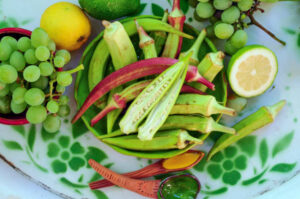
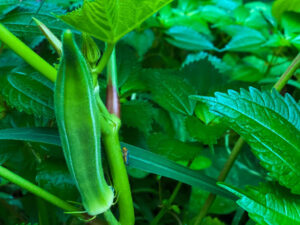




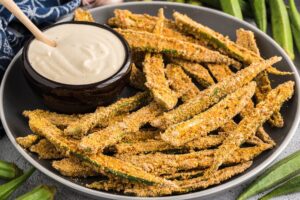
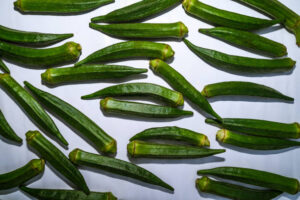
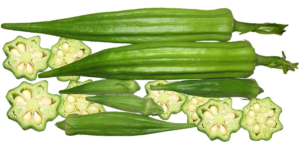
Nutritional Benefits of Okra
| Benefit | Description |
|---|---|
| Rich in Nutrients | Okra is a low-calorie vegetable rich in vitamins A, C, and K, and contains significant amounts of magnesium, folate, and fiber. |
| Dietary Fiber | High in dietary fiber, okra helps with digestion and maintains gut health. It’s particularly beneficial for improving bowel movements and reducing the risk of gastrointestinal issues. |
| Heart Health | Okra contains antioxidants and fiber, which can help lower cholesterol levels, thus reducing the risk of heart diseases. |
| Blood Sugar Control | The fiber content in okra aids in regulating blood sugar levels, making it beneficial for managing diabetes. |
| Vision Health | With a good amount of Vitamin A and beta carotenes, okra contributes to better eye health and may help prevent eye-related diseases. |
| Immune Booster | The high Vitamin C content in okra strengthens the immune system, helping the body fend off various infections and illnesses. |
| Pregnancy Aid | Okra is a good source of folate, a crucial nutrient for pregnant women to help in the development of the fetus and reduce the risk of neural tube defects. |
| Bone Strength | The Vitamin K and calcium present in okra are essential for bone health, aiding in bone formation and strengthening. |
| Skin Health | Okra’s antioxidants and vitamins contribute to healthier skin, potentially aiding in reducing acne and other skin conditions. |
| Anti-Cancer Properties | Some studies suggest that the antioxidants and fiber in okra may have cancer-fighting properties, although more research is needed in this area. |
Choosing the Right Time
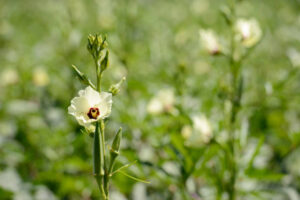
Best Season: Late Spring or Early Summer
- Soil Temperature: The key factor for planting okra is soil temperature. The seeds require warm soil to germinate effectively. Ideally, the soil temperature should be at least 65°F (18°C), but some varieties may prefer even warmer soil, around 70°F (21°C).
- Air Temperature: Along with soil warmth, the air temperature should also be consistently warm, with both day and night temperatures ideally staying above 60°F (15°C).
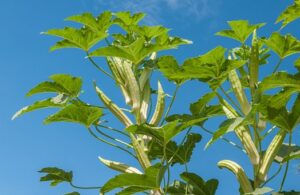
Frost-Free Days: Avoiding Cold Damage
- Frost Sensitivity: Okra plants are extremely sensitive to frost and cold temperatures. Frost can damage or kill young okra plants.
- Last Frost Date: It’s crucial to know the last frost date in your area. Planting should be scheduled a few weeks after this date to ensure that the risk of frost has passed. This date varies depending on your geographical location.
- Microclimate Considerations: Even within a single garden, microclimates can exist. Avoid planting okra in low-lying areas where cold air settles.
Selecting a Suitable Location
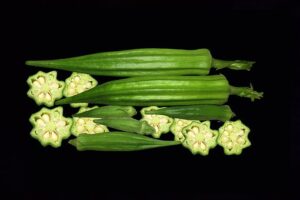
Sunlight Requirements
Okra thrives in environments that offer abundant sunlight. This heat-loving plant needs full sun exposure to grow properly and produce a healthy yield. Here’s what you need to know:
- Duration of Sunlight: Ensure that the chosen location receives at least 6-8 hours of direct sunlight every day. More sunlight correlates with better growth and more bountiful harvests.
- Intensity of Sunlight: In regions with extremely hot climates, some afternoon shade can be beneficial to prevent overheating.
- Monitoring Sunlight: Observe the chosen area over a few days to ensure consistent sun exposure, especially during the peak growing season.
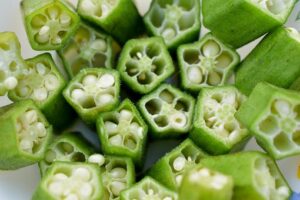
Soil Requirements
The quality and composition of the soil are crucial for successful okra cultivation. Here are the key soil factors to consider:
- Soil Type: Okra prefers well-drained soil as it does not tolerate waterlogged conditions. Sandy loam or loamy sand soils are ideal.
- Soil pH: The optimal pH range for okra is between 6.0 and 7.5, which is slightly acidic to neutral. Testing your soil’s pH can help you adjust it accordingly.
- Improving Soil Fertility: To enhance the fertility of your soil:
- Organic Matter: Incorporate compost or well-rotted manure into the soil. This not only adds essential nutrients but also improves soil structure and drainage.
- Compost Benefits: Adding compost helps in retaining moisture during dry conditions and provides a slow-release source of nutrients.
- Mulching: Applying a layer of organic mulch can conserve moisture, regulate soil temperature, and reduce weed growth.
- Soil Preparation: Before planting, loosen the soil to a depth of at least 12 inches to allow for proper root growth. Remove any rocks, roots, or debris that could obstruct the growth of okra roots.
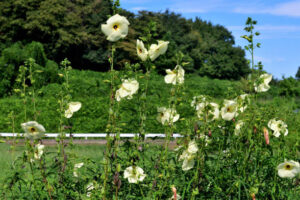
YES I HAVE A VARIETY OF OKRA SEEDS 4 SALE ON THIS SITE
 Any questions or if buying, contact me HERE
Any questions or if buying, contact me HERE


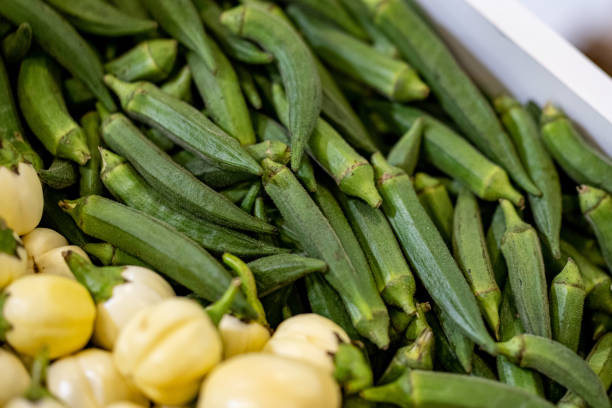
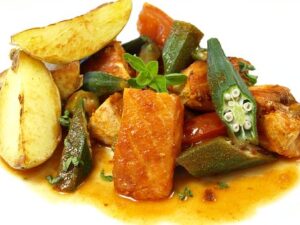
Recent Comments